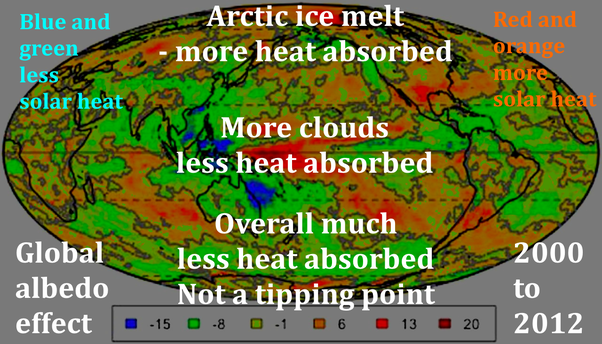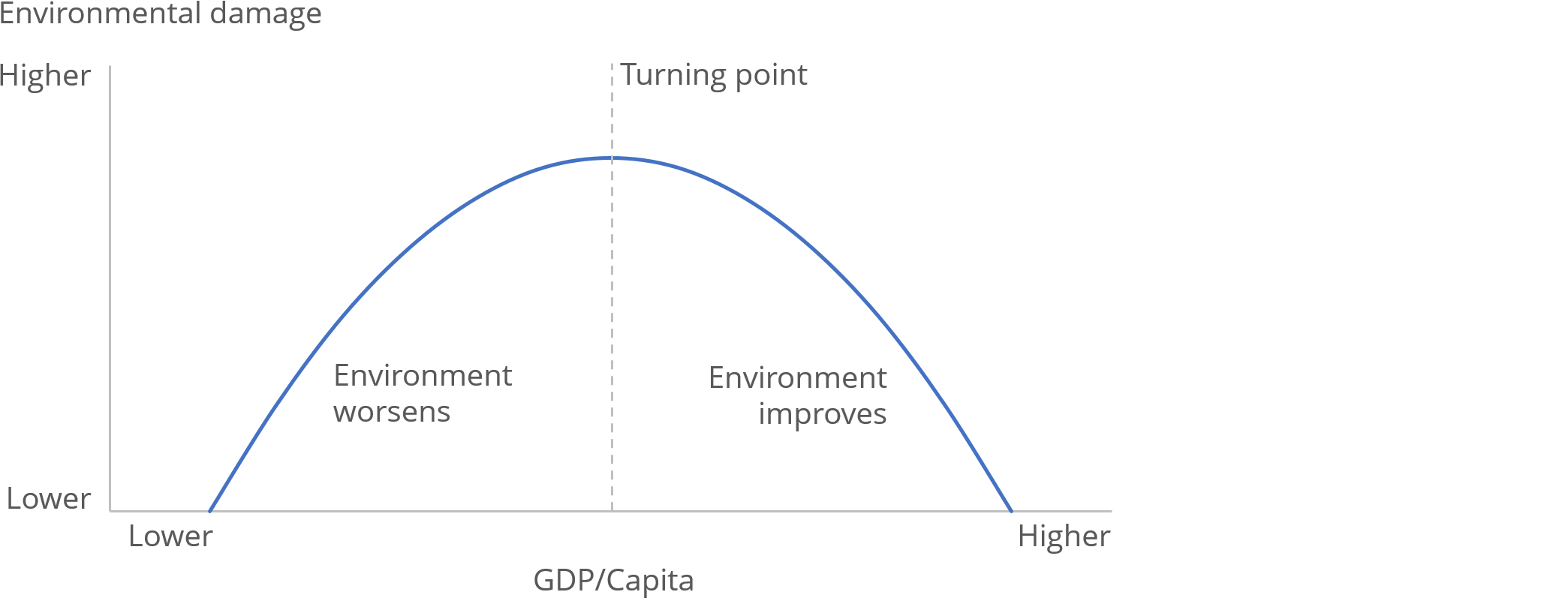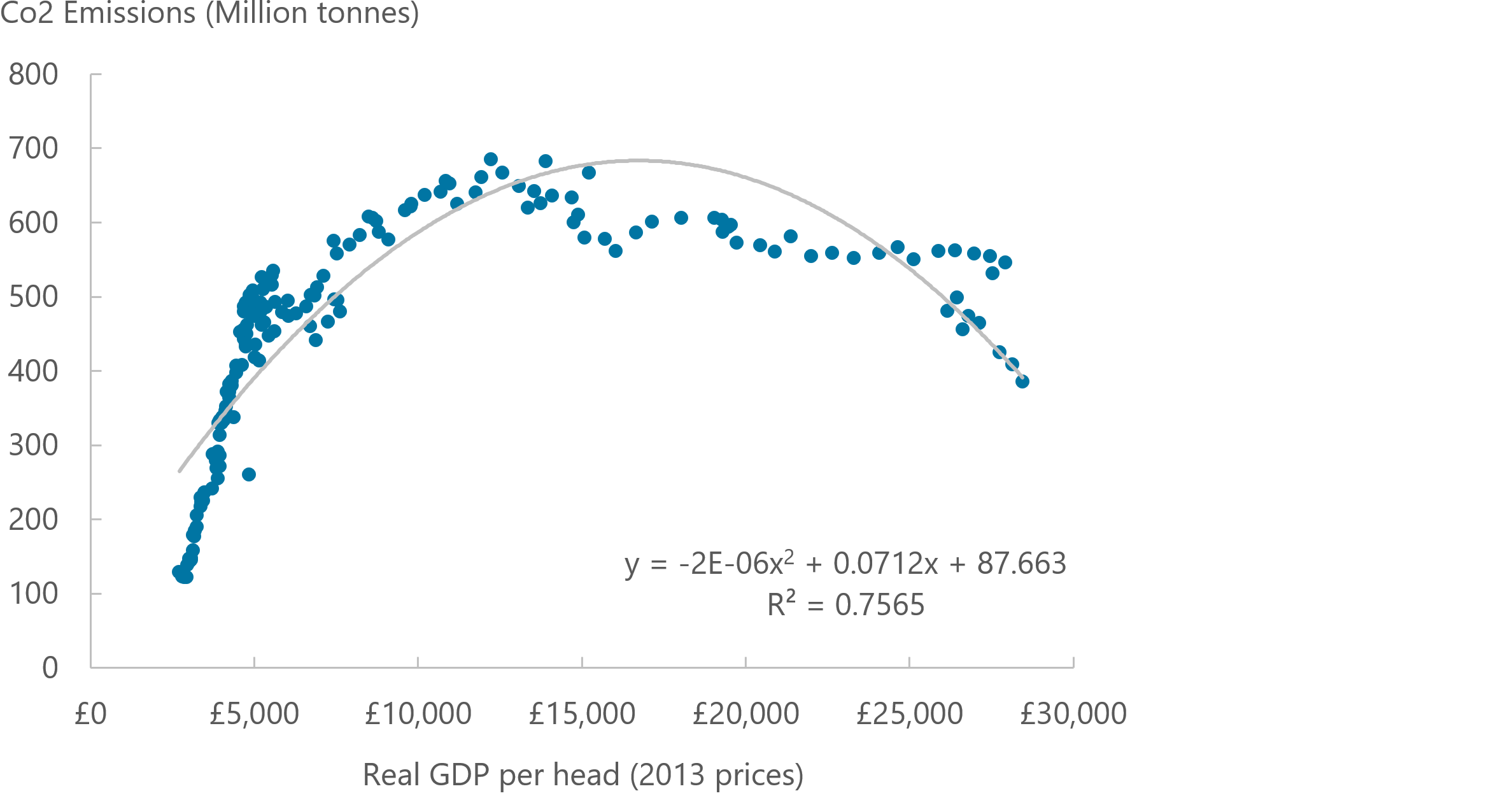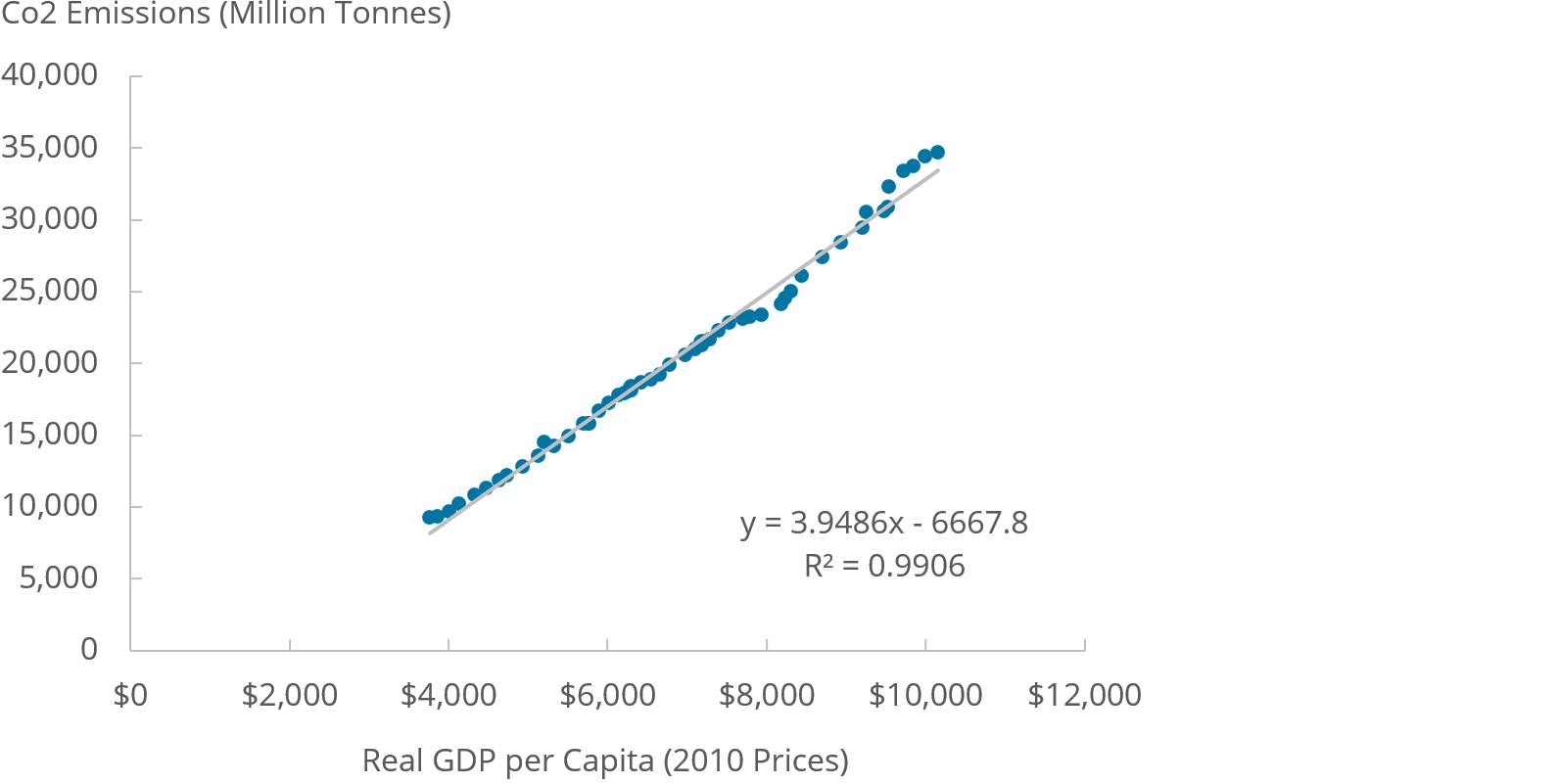This is a remarkable thing about the war. Ukraine with only 72 fighters holds off 809 fighters. This is a simple matter of numbers. At a ratio of 11 Russian fighters to every 1 Ukrainian fighter, even higher in 2022, Russia has never been able to take over the Ukrainian air space beyond the occupied region.
These numbers show that Ukraine MUST have far far better pilots than Russia. It would be impossible for one Mig-29 to fight off 11 Russian fighter jets many of them far more advanced than the Mig-29.
Early in 2022 they just had the Stinger shoulder mounted ground to air missiles. Later on they got S-300 systems from Slovakia which forced the Russians to fly close to the ground.
This is not because of one brave and extraordinary "Ghost of Kyiv". People make up explanations for Ukraine being able to hold back the vastly superior Russian air force and this was a popular fiction to explain it - such stories are common in war same happened in WW2. But it's not the real reason.
It is because the Ukrainian air force have had training with NATO and have focused on changing how they do things since 2014 and are a modern airforce that uses modern ideas. It still is somewhat stuck in Soviet ideas but it is far more modern than Russia
It is not so much that the Ukrainians are superior though they have also done a lot of innovation on top of what NATO taught them making stuff up for the war such as experience in how to fly very close to the ground and they way they distracted the Russian air defences with a simple drone to sink the Moskva with a Neptune.
But the reason Ukraine could hold off Russia is because the Russians are so very weak in the air.
It is because of endemic issues in the Russian airforce. Their pilots are not permitted to take initiative much but have to obey the orders of the general.
If the general says "Fly from here to there and bomb that target" that is what they have to do.
They mostly do point to point missions with a single fighter jet on a mission as in WW2.
They are dependent on mobile air commands in the air, large expensive aircraft that fly far behind the front line because they can be shot down easily.
The generals and the air command don't have a good idea of the situation.
But most of all Russia clearly has not trained in combined operations where large groups of pilots work together to achieve an objective. All they can do is to do these point to point missions under the command of a general.
Russian fighter pilots work on their own. They are not used to working
with other pilots just to working with generals that tell them what to do.
The details would be more complex but you can understand the basics with simple maths.
100 fighter jets working together could surely easily overpower 10 Mig29s working together.
But even 100 fighter jets coming one at a time on separate missions can surely be held back by 10 Mig29s working together using modern methods indeed they wouldn't even try as it would be a massacre with a 10 to 1 advantage for Ukraine.
This is not theoretical. It happened all through 2022 before Ukraine got its advanced air defences.
So that is the reason that experts give. This was a huge surprise to most Western analysts, they had no idea how very poor the training was for Russian pilots and given the huge ratio of numbers expected Russia to take over the Ukrainian air space in the first few days. It never happened.
It is partly also that Putin didn't prioritize it.
The experts expected that if Russia invaded, it would first spend a couple of days destroying the Ukrainian air force before any tanks enter Ukraine and they would have had far fewer aircraft left if he'd done that. Instead Putin just did it for a few hours which warned the Ukrainians. A Mig29 can
fly off a short section of highway - so the pilots got into their remaining planes and dispersed all over Ukraine and then Ukraine rapidly built lots of secret runways hidden in woods etc and Russia lost that opportunity to destroy them.
But it is also partly because the Russian airforce just don't have the training. Even with an 11 to 1 ratio and a few dozen fighter jets defending Ukraine, they should have been able to take over the Ukrainian air space very quickly. Especially in the first few weeks when Ukraine didn't even have the S-300 for air defences and the Russian pilots could fly too high to be hit by Stingers.
But they didn't and they haven't been able to learn since then and still do these point to point missions.
Things like this can't be fixed quickly because of the many years of training needed for a top quality pilot. After the war is over perhaps Russia can change. But changing it in the middle of an active war would be confusing with the pilots not knowing what to do as it would go against all their training for many years.
Professor Phillips P. OBrien talks about this issue here
https://web.archive.org/web/20220509173612/https://www.theatlantic.com/ideas/archive/2022/05/russian-military-air-force-failure-Ukraine/629803/
The article was later updated and the title changed and is now behind a paywall but the original version wasn't paywalled
SUMMARY:
Summary
This article by Phillips Payson O’Brien and Edward Stringer, writing for The Atlantic, makes the following points:
- Airpower should have been one of Russia’s greatest advantages over Ukraine, with almost 4,000 combat aircraft and extensive experience.
- More than two months into the war, Russia’s air force is still fighting for control of the skies.
- The failure of the Russian air force is the most important, but least discussed, story of the conflict so far.
- The recent modernization of the Russian air force was mostly for show.
- Money was wasted and the Russian air force continues to suffer from flawed logistics and lack of regular training.
https://runway.airforce.gov.au/resources/link-article/overlooked-reason-russia-s-invasion-floundering
Upated article behind a paywall which as far as I know is just the title changed.
https://www.theatlantic.com/ideas/archive/2022/05/russian-military-air-force-failure-Ukraine/629803/
As to why Putin didn't want to spend even 2 days destroying the airforce this is a guess but it may well be because he was persuaded by false information from his spies that he would be able to take over the Ukrainian government in a couple of days and didn't bother to do a proper military operation.
He didn't even make sure the tanks had enough fuel to get from Belarus to Kyiv on the ground which is why the tanks kept running out of fuel in the first week or two.
From leaked intelligence information since then, it was all just a distraction for the main operation which was to develop an air bridge to Hostomol airport, send in an elite group of tanks, soldiers etc and rapidly advance into Kyiv before the Ukrainians were able to defend themselves. Which of course failed.
So perhaps he didn't want to spend 2 days destroying the planes because by 2 days of bombing he'd have lost the element of surprise which was what he was counting on for the Hostomel air bridge. Even though the air bridge would have been far easier to establish after those 2 days.
The Ukrainians did have training from 2014 to 2022 this is not in any way secret it is public and there are lots of stories about it. The Ukrainians also did joint training with NATO and as recently as 2021 F-16 fighter jets landed in Ukraine as part of those exercises. But NATO did not give them any offensive equipment they just trained them. This was NOT and very CLEARLY NOT with the intent to try to attack Rsusia in any way just to train them to defend themselves which became a priority after Russia took ove rCrimea.
With the pilots the results stand for themselves. If the Russian piliots were as good as the Ukrainian ones then 72 Ukrainian fighter jets would have no chance against 814 Russians. It is then a question of why that is.
I didn't say it was because of corruption. Though that may be a factor. It is mainly that the Russians still use WW2 tactics where each fighter pilot is given its own separate mission and the pilots are not able to work wit each
other on the field.
At least that is what Western analysts that I follow say. There may be other reasons but what is absolutely certain is that the Ukrainians are far better pilots than the Russians. As to why that is then you can work on your own theories of course.
According to Global Fire power, Ukraine has 72 fighter jets as of 2024 and Russia has 809, So it has 10 times as many. When you look at total aircraft it's an even bigger ratio,
Ukraine will be getting 85 F-16s eventually promised by Netherlands, Denmark and Norway. Russia will still have many more fighter jets than Ukraine. Also the Ukrainians have only had a year to learn how to fly their jets and it takes a lot longer to really master them though they'd be able to fly them like a Mig-29 with more stealth quite quickly.
Biden gave countries permission to send them to Ukraine in August 2023. So it is not new, all that's new is that they may arrive in Ukraine soon. Other countries gave Ukraine the Mig-29 fighter jets starting in March 2023 and Ukraine had about 50 fighter jets since soon after the war started. It had probably 98 when the war started. Russia destroyed about half of those in the first few days but it only did a short half-hearted attempt at destroying them so Ukraine was able to save half of them.
Ever since then it's been flying them off remoter air fields hidden away in forests and from roads
So Russia has 10 military aircraft for every 1 Ukrainian aircraft. Also the Ukrainian ones are ancient Soviet era ones mainly a legacy from when Ukraine split off from the Soviet Union. Russia has far more modern aircraft that Ukraine doesn't have which can fire missiles from the air and can spot Mig29s from far too far away for a Mig29 to see them and can fire air to air missiles to hit the Mig 29 with the Mig 29 not able to do anything back except hide by flying too low for the radar to spot.
Western analysts expected Russia to take over Ukraine's air space quickly with waves of fighter jets. But it turned out that Russian pilots have never learnt how to do that, all they know is how to fly to a point set in advance by a commander and drop a bomb there and quickly fly back again. Russia is simply unable to win battles in the air even with an advantage of 10 to 1. The only explanation that makes sense is that the Russian pilots are simply not trained to do this. By NATO standards they are very badly trained and that can't be changed in the middle of a war, not easily. They have made some adaptations in their ability to drop bombs, e.g. to fly low and then throw the glide bombs into the air at the last minute and quickly turn back. But the Russian commanders are not prepared to give the pilots the initiative to make decisions by themselves in a quickly changing battle in the air so it is partly because the Russian approach is very hierarchical with the pilots not trained to be able to take any initiative themselves just do what the commanders tell them to do. They also can't work effectively with ground forces, often making mistakes and not trained in combined operations.
Ukraine quickly got the ability to stop them dropping bombs easily on most of Ukraine and they kept control of the air space over most of Ukraine through to spring 2023 when NATO countries started giving them advanced air defences to protect themselves.
So - NATO countries are going to give Ukraine a few dozen F-16 fighter jets. These are ancient technology for NATO as they are destined for scrap otherwise. NATO has far too many F-16s because they are replacing them by F-35s which are vastly superior to anything Russia has. But the F-16s are equivalent to the most modern Russian fighter jets.
Russia still has many more modern fighter jets than the F-16s NATO is giving to Ukraine. It will still have a 5 to 1 ratio of fighter jets and with many modern fighter jets.
So this donation would be of very little use if Russia was able to fight in the air like NATO. That's partly why NATO countries think this will hardly make any difference in the war.
But Ukraine thinks it will make a big difference and they are the ones who have experience fighting Russian pilots in the air. If it does make a big difference this will be another confirmation that the Russian pilots are just not very well trained.
So we'll see who was right. They are not magic weapons and to start with the Ukrainians will be very inexperienced at using therm in combat so they won't make a big difference on day 1. However by the end of the war the Ukrainians will be the only country in the world with experience fighting Russian fighter jets with F-16s.
To start with the F-16s will fly far from the front line just shooting down drones and cruise missiles which they are able to do with air to air missiles. That will help protect the cities. The F-16s in turn would be protected by the Patriot air defences and shoot down missiles that get through.
Later they may be able to fly closer to the front line and shoot down the bombers that fire glide bombs at Ukraine.
Then as they get more experienced they will be able to fly along the front line and support any Ukrainian counteroffensives and a counteroffensive supported by their Mig29s along with a dozen or so F-16s will be much safer than one that has to try to fight with Russian military jets flying overhead until they can set up their air defences.
So - the F-16s may make a big difference. But nothing like if NATO was to give them F-35s.
And Putin is not going to attack NATO that makes no sense. If he is so bothered by F-16s that he worries this will mean he loses the war against Ukraine quickly it makes no sense to then attack NATO with its F-35s that have a radar cross section like a supersonic baked potato in size, and are effectively invisible to its radar and with its tomahawk cruise missiles and other missiles with a range of 2,400 km instead of the ATACMS with similar payload and a range of 300 km etc etc.
An F-35 test pilot said that with a few F-35s Ukraine could quickly take over all the occupied air space and shoot out the radar systems from the air before Russia could see them and get total air control over the occupied regions of Ukraine quickly.
But NATO is very very cautious. It's aim is to give Ukraine enough by way of equipment so that it can win, but not to give it enough capability so that it can win dramatically by e.g. sinking the entire Black Sea fleet in a few hours or taking over the air space over occupied Ukraine in a few hours like a NATO country could do. Ukraine isn't asking for that capability either.
So that is not going to happen. But Ukraine CAN do major counteroffensives by blocking off the supply routes because Russia's war depends on a very few vulnerable supply routes such as the Azov coast road to supply the war. As we saw with Kherson city in the fall of 2022, if Ukraine can cut off the supply route - in that case the Antonovsky bridge across the Dnipro river - then Russian soldiers at the front line run out of fuel, and shells and missiles and their air defences run out of air interceptors. With no way to supply them then they have to retreat.
So - Ukraine has opportunities to do that by cutting through the Azov sea coast road and the bridges from Crimea to Kherson oblast and the Kerch bridge. That would liberate half of the current occupied Ukraine and put Crimea at risk. It would then be very hard for Russia to supply Crimea once Ukraine has control of Kherson oblast and part of Zaporizhzhia oblast and perhaps has regained Mariupol.
It is not impossible Ukraine gets that far even this year, but most likely in 2025. Then once that happens Putin is likely to be more in a mood for treaty negotiations.
BLOG: Why F-16s will make such a difference to Ukraine - can fly from Ukraine - ancient technology by NATO standards - roughly equal in capability to Russia’s best fighter jets which currently dominate the air space over front lines
https://debunkingdoomsday.quora.com/Why-F-16s-will-make-such-a-difference-to-Ukraine-can-fly-from-Ukraine-ancient-technology-by-NATO-standards-roughly

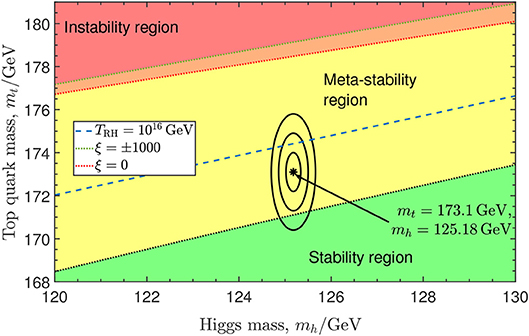
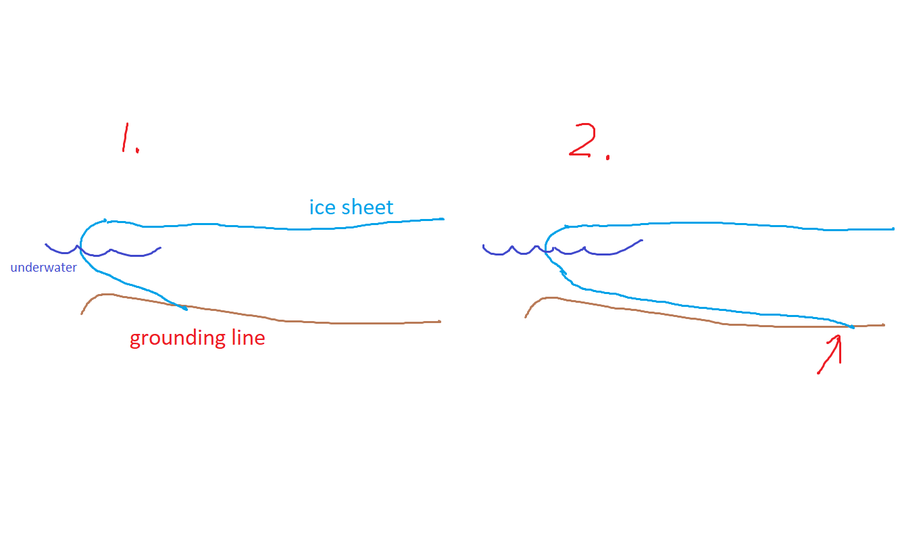 Also the process only works for ice sheets that are close to the minimum thickness needed to touch the sea bed..
Also the process only works for ice sheets that are close to the minimum thickness needed to touch the sea bed..
